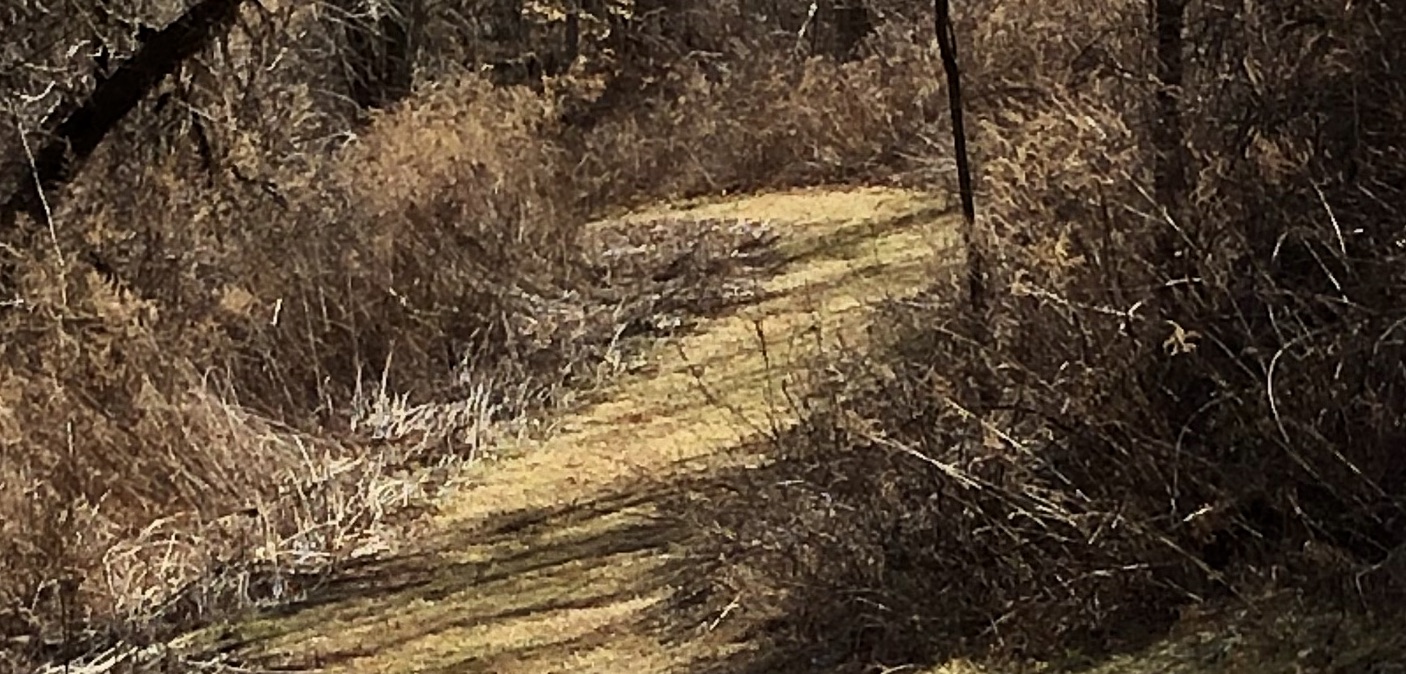A path to ideas on a walk in the woods.

I can only meditate when I am walking. When I stop, I cease to think; my mind only works with my legs. — Jean-Jacques Rousseau
I walk to most of my ideas, and walking, I’d wager, is the most ingenious instrument in a writer’s toolbox. As Rebecca Solnit puts it in her book Wanderlust: A History of Walking, “the mind is also a landscape of sorts and . . . walking is one way to traverse it. A new thought often seems like a feature of the landscape that was there all along, as though thinking were traveling rather than making.”
Solnit’s history of “the most obvious and the most obscure thing in the world” leads her in the footsteps of poets and pilgrims, artists and activists, farmers and philosophers, as she follows walking’s fertile path into “religion, philosophy, landscape, urban policy, anatomy, allegory, and heartbreak.” Historical and literary, personal and imaginative, her curious testament is a prolonged, provocative ode to a mode of action in which mind and body, time and space engage each other in easy conversation; it’s a stimulating and surprising cultural exercise.
❦
The distances traversed on foot by the English Romantics—the most famous of serious walkers perhaps was Wordsworth—is astonishing. In Wordsworth’s case (from his residence at Racedown, at least), it was seven miles to the post office, and a walk of equal length just to look someone up was not uncommon. (What kind of shoes did Wordsworth wear, one can’t help but wonder, as he strode intently over hill and plain?) If we walk half as far as Wordsworth, there’s world enough—just enough—for time to find a focus that fits our frame of reference, to lose its awful, abstract face and concentrate its attention on the rhythm of our wandering: time becomes intimate and personable, the present falls—precisely—into place.
❦
Time slows down when one walks; the getting from here to there, the long hours we spend in between activities, come to life as they do not when we whiz from point to point in our daily itineraries driven by cars, trains, planes. Slow as she goes, the walker is in touch with the time she travels through, and her perceptions, as a result, emanate more directly from her own senses. When we walk, the world is always close at hand; each step provides a context for the next, each sensation assumes a place in a progress of perceptions. The two lessons of experience—the first is life is short; the second, life is long (or vice versa)—meet for a moment on a hillside so far beyond anticipation and regret that we can almost lose sight of them entirely, and reap “the harvest of a quiet eye.”